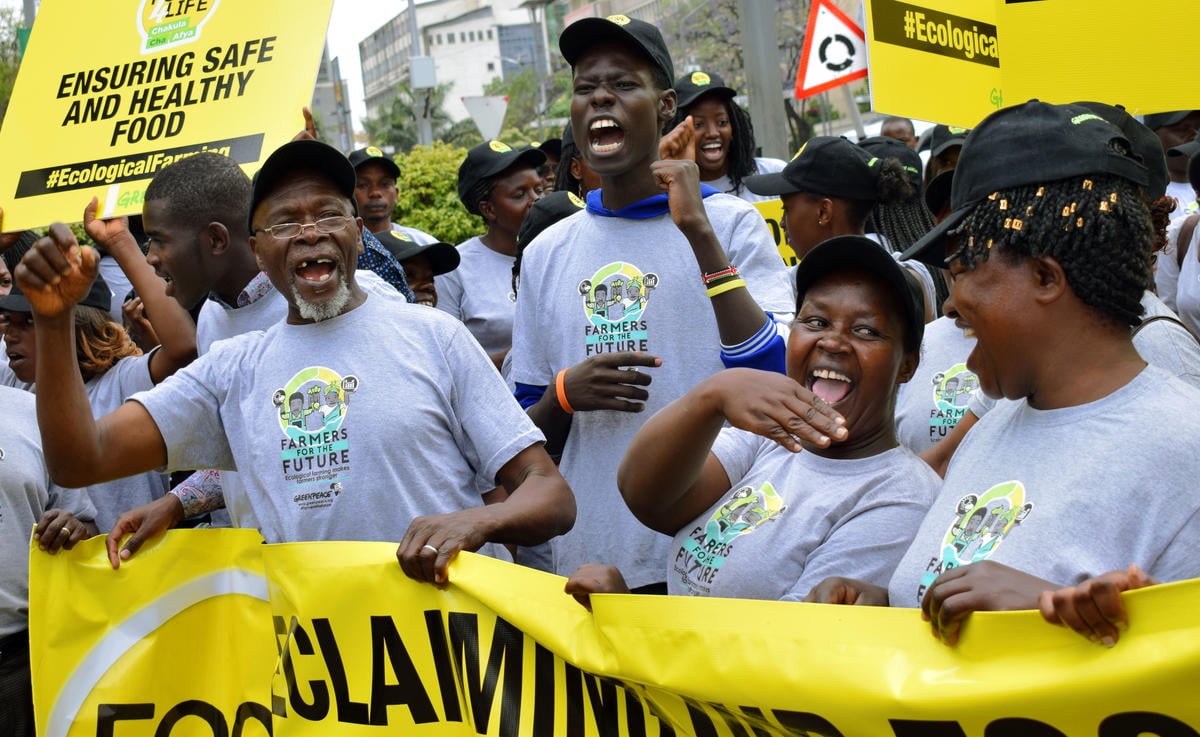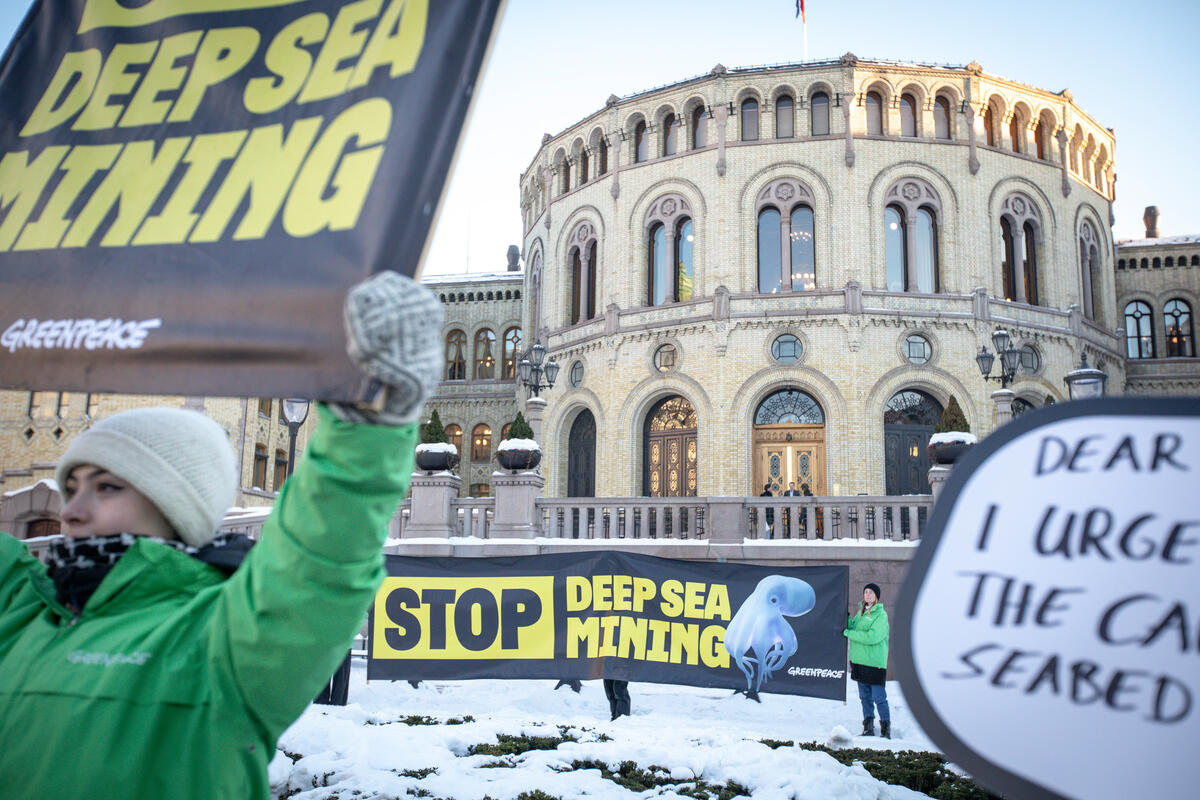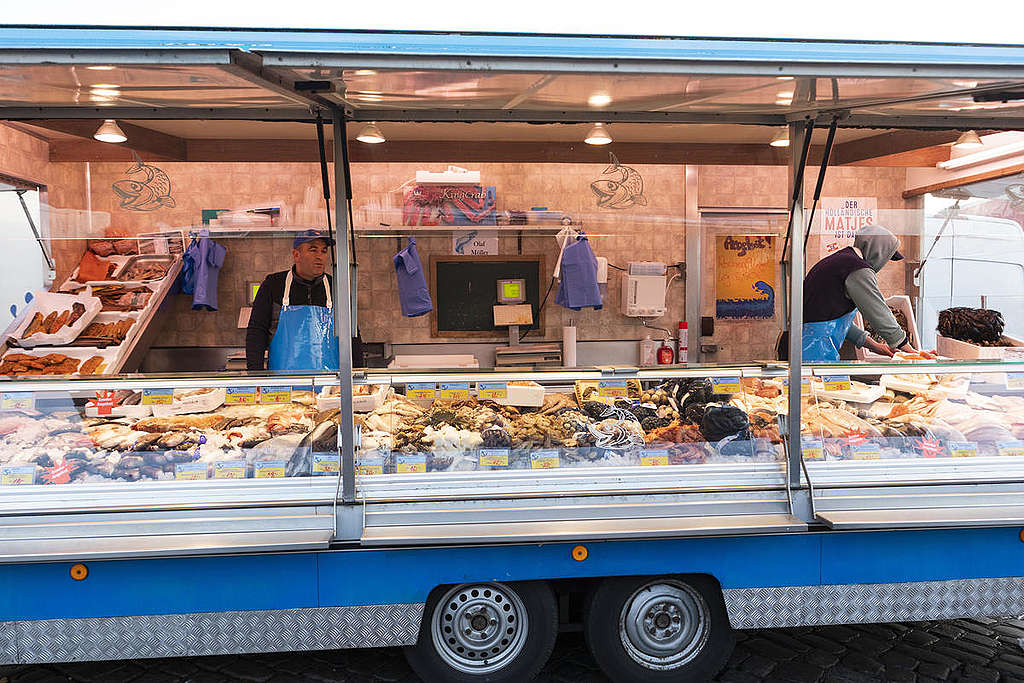
Whether you eat it, love swimming in the ocean with it, or enjoy catching it, fish and other types of seafood play a large role in our lives. It’s nourishing, wonderful to observe in its natural habitat, and who doesn’t love Finding Nemo? But for those who enjoy tucking into a tuna steak now and then, have you ever wondered where it came from?
The truth is, the journey from sea to supermarket is both complicated and eye-opening. Behind the lucrative seafood industry is a whole lot of fishy business tainted with modern slavery, environmental destruction, and government collusion, not to mention the threat to small scale fisherfolk and their families.
Here is what you need to know about the impacts the fishing industry has on our planet.
Overfishing threatens biodiversity
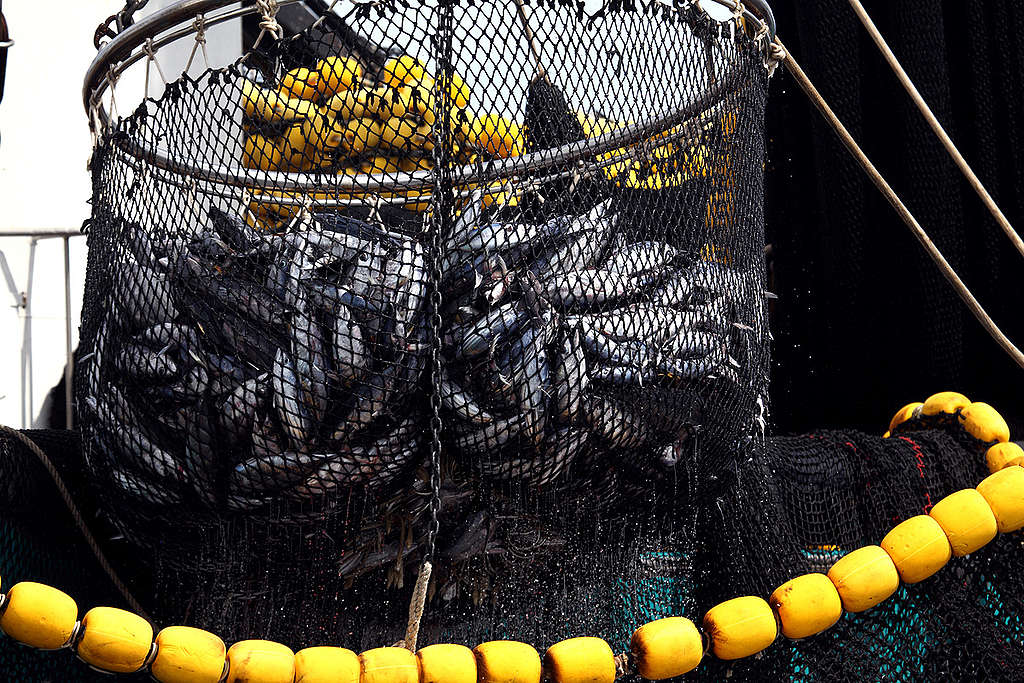
“There are plenty more fish in the sea” goes the old adage. But an ever-growing population coupled with an ever-growing demand for seafood means that the oceans are not as plentiful as we might think.
From 1950 to 2015, the number of fishing fleets around the world has doubled to 3.7 million. The continuous expansion of industrial fleets has resulted in an enormous pressure on fish populations, and the practices employed by the fishing industry are often aimed to take as much fish as possible, often disregarding the impacts on other marine life and the marine ecosystem.
Bottom trawlers, which drag heavy nets over the sea floor, have caused irreparable damage to fragile habitats; industrial longliners, which consists of setting thousands of drifting baited hooks, often stretching for dozens of kilometres, have decimated some shark and seabird populations; and purse seine fishing vessels, which use giant nets that encircle and catch vast amounts of tuna with the help of FADs (fish aggregating devices), in which large schools of fish and marine life are drawn to a type of fish magnet to be scooped up, are just some of the practices that threaten our ocean’s biodiversity and minimises the chance for more fish to thrive and survive.
Industrial fishing takes away the livelihoods of many fishing communities
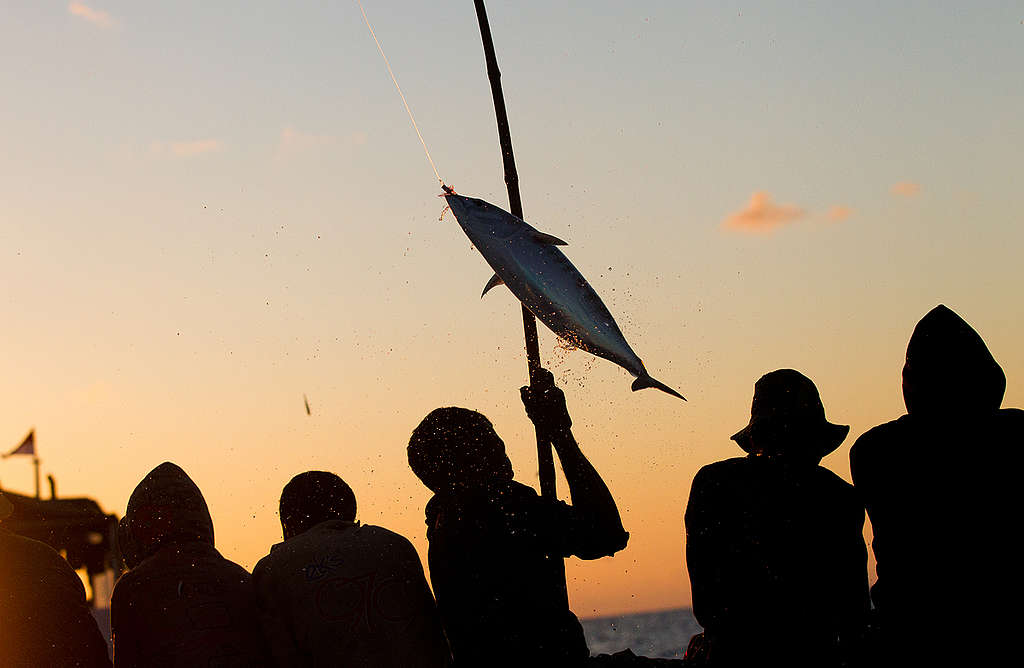
Millions of coastal communities around the world rely on fishing as a source of income. In developing countries, fishing and related activities such as boat building or fish processing employ millions, and seafood is one of their main sources of protein. For others, fishing is more than just food – it plays a strong part in their identity, especially for indigenous communities.
Food security and access is vital to coastal communities, but with industrial fishing vessels working the ocean like a factory floor, millions of local and small scale fishers who have depended on the ocean for generations are left not only with a narrow and depleted zone in which to fish sustainably but also, at some point in the not-too-distant future, a total loss of livelihood.
Cheap seafood often comes with human rights abuse
A cheap can of tuna might seem like a bargain, but an industry that carelessly plunders the ocean to bring second-rate seafood to our tables not only comes with a great cost to the environment but another cost that’s often hidden – cheap and abusive labour.
Fishing is labour intensive and literally requires all hands on deck. Whilst things such as fuel costs are unavoidable, labour accounts for 30-50% of total fishing operational costs and a rising tide of evidence suggests that migrant workers, mainly from Southeast Asia, are often used to cut corners.
After being lured in with the promise of an attractive salary and an opportunity to provide for their families, well-documented cases have been found of migrant fishers being made to live in appalling conditions, work inhumane hours for little or no pay, and often face abuse. A practice called transshipment, in which catch (some of which can include illegal catches) is offloaded from one vessel to another to enable the main fishing vessel to stay out longer without entering port, means that these workers are completely isolated at sea for months, even years. This is still happening now, and Greenpeace Southeast Asia has testimonials and reports to show it.
The fishing industry needs to wake up to the climate emergency
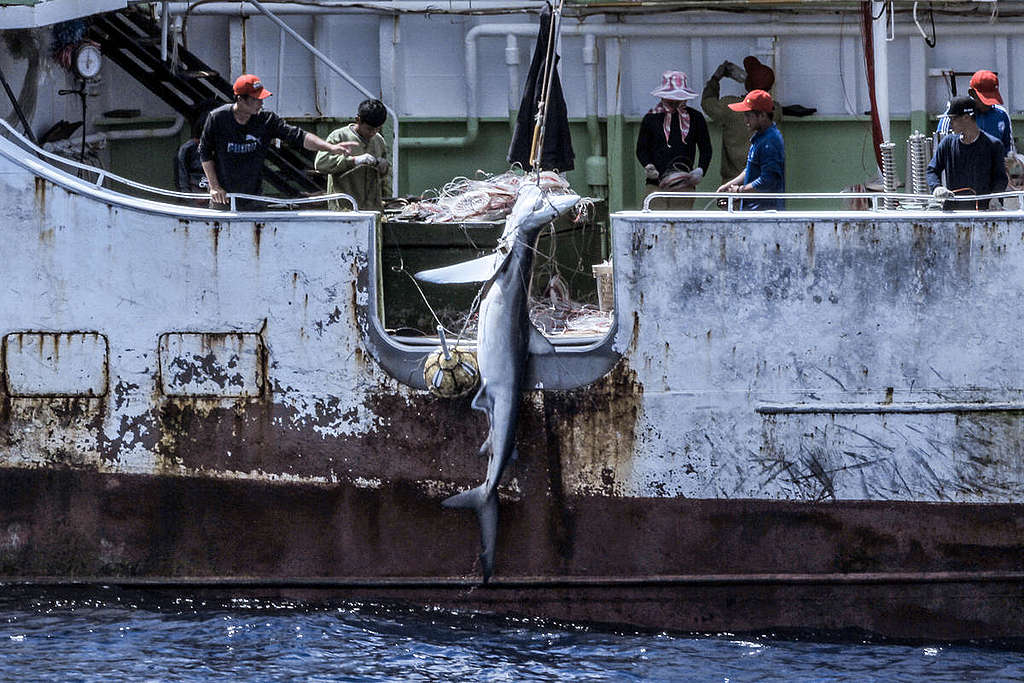
The current climate emergency poses one of the worst threats to our fragile marine ecosystems. A warmer planet means warmer oceans, and marine life are finding it harder and harder to survive. In addition, the ocean is becoming more acidic as carbon pollution from burning coal, oil and gas, dissolves in seawater. But actually, having a thriving ocean could help protect us from climate change – carbon is naturally absorbed by plants and animals and captured in the bodies of living creatures like whales and fish.
Around the world, the number of critical fisheries have declined due to climate change, and overfishing is not only making it worse, but also fueling illegal, unreported, and unregulated (IUU) fishing. IUU fishing, which refers to activities that contravene national or international laws, are all too easy to get away with on the lawless high seas. It’s a practice of low risk and high reward – IUU fishing reportedly accounts for up to $23.5 billion worth of seafood a year, and cracking down on the major players is not easy.
So what can I do?
Like other foods we consume, what you see packed in a can, in the frozen food aisle, or at your local fresh seafood market hides a story. How it got there, who caught it, and where it was caught is often overlooked. Getting an entire industry to change its practices is not easy, but by arming yourself with the knowledge of what to look for in sustainable seafood, you can be an ocean-friendly consumer.
To go that step further, ask representatives in your government what they’re doing to ensure sustainable fisheries management. With enough pressure, we can all help protect the “little fish in the big pond” – from the workers to the marine life and local fishing communities – to ensure an ethical, sustainable seafood industry and a thriving ocean.
Shuk-Wah Chung is the Communications Lead for the global fisheries campaign with Greenpeace Southeast Asia.

